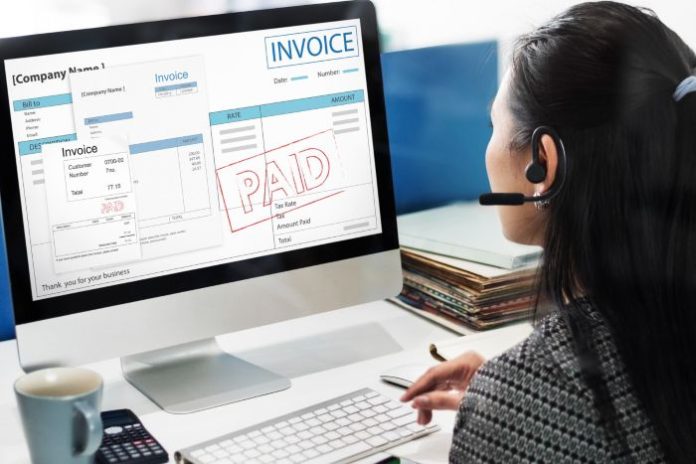Most businesses nowadays depend on modern billing automation to handle payments. Think about it: payments become easier, fewer errors occur, and you get precious time back. But getting them absolutely correct matters.
Catching discrepancies early improves finances. Through this guide, we’ll explain how to audit your modern billing automation tools. That way, you know they’re always accurate and reliable.
Table of contents
- Understanding Modern Billing Automation
- Identifying Common Errors
- Setting Clear Audit Goals
- Gathering Necessary Data
- Reviewing System Integration
- Assessing Software Functionality
- Ensuring Compliance With Regulations
- Implementing Corrective Actions
- Training and Support for Staff
- Utilizing External Auditors
- Continuous Monitoring and Improvement
- Conclusion
Understanding Modern Billing Automation
Automated billing systems make handling all your payments much smoother. Imagine bills sent, payments prompted, and all your records filed—without you lifting a finger. While these systems offer convenience, inaccuracies can occur due to data entry errors or software glitches. Doing regular checks keeps processes strong. This way, your financial paperwork always stays accurate and dependable, giving you solid ground to stand on whenever you look at it.
Identifying Common Errors
Errors in billing systems often arise from incorrect data input, outdated software, or system bugs. This means customers might pay too much, or sometimes, not enough. When companies spot their usual errors, they can jump on problems right away. By regularly looking over your financial accounts, you confirm the numbers truly reflect what happened. This simple step protects your income from accidental losses.
Setting Clear Audit Goals
Before conducting an audit, it’s important to establish clear objectives. Determine what aspects of the billing system need evaluation. You’d check if the information is precise, see how the system operates, or confirm it meets all the money rules. When you firmly establish your objectives, your review will take a comprehensive approach. You will focus on the areas that require the most assistance to improve.
Gathering Necessary Data
Collecting relevant data is a vital step in the auditing process. We log every sale, customer bill, and payment. Auditors can truly dig into the numbers when all the information is complete and well-organized. Get all the numbers, and you’ll quickly spot any strange bits. That way, every dollar gets put in the right spot.
Reviewing System Integration
Modern billing automation systems often integrate with other software, such as accounting or customer relationship management tools. Checking these links usually keeps all your data flowing smoothly. Things won’t match up if they aren’t straight. Frequent checks on system connections keep information spot-on everywhere, making sure all your data is reliable.
Assessing Software Functionality
Evaluate the functionality of the billing software during the audit. We regularly scan for new software, try out every single feature, and confirm the system is running at its best. Any bugs or outdated features can cause errors. Routine checks keep our billing software working perfectly and allow us to process payments without mistakes.
Ensuring Compliance With Regulations
Adherence to financial regulations is critical for any billing system. As you audit, confirm that your system lives up to industry standards and government laws. This means guarding private data and clearly sharing money details. Following the rules ensures that there will be no legal issues in the future. It also clearly shows customers you’re a company they can count on, full of integrity.
Implementing Corrective Actions
Once you identify errors or discrepancies, it’s crucial to implement corrective actions. You’ll often observe yourself installing program updates, correcting wrong information you’ve entered, or adjusting how the system behaves. Addressing these issues promptly ensures the modern billing automation system remains accurate. When we consistently strive to improve our processes, our finances remain stable and our work proceeds smoothly.
Training and Support for Staff
Well-trained staff are vital to maintaining billing accuracy. When staff receive regular lessons and help, they truly grasp how things work and can catch problems early. Frequent workshops and the latest info on system changes really help people improve their abilities. A knowledgeable team is better equipped to manage billing processes and maintain system accuracy.
Utilizing External Auditors
Engaging external auditors offers an unbiased perspective on the billing system’s performance. Outside experts often spot blind spots that internal staff miss. Because they know so much, they spot key things you might miss. Then, they suggest smart ways to fix them. Think of it this way: outside audits provide a crucial second look at your internal checks. This extra set of eyes means we catch everything, making your billing automation software incredibly exact.
Continuous Monitoring and Improvement
Regular monitoring is vital to ensure ongoing accuracy in billing systems. Receive a heads-up the moment something seems off or doesn’t quite add up. Automated warnings help you catch problems right away, stopping them from getting bigger. Learning from our regular checks, we constantly refine the system. This keeps it performing well and reliably. Staying ahead of the game prevents blunders and puts you in control of your finances.
Conclusion
Companies must honestly review their modern billing automation software to get bills right and speed things up. Businesses keep honest money records by spotting mistakes, planning goals, and following rules. Consistent checks, along with steady tracking and staff learning, keep our billing systems working excellently. This sharp financial handling helps the whole business grow strong.











